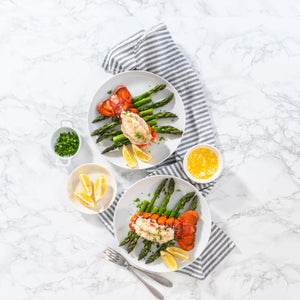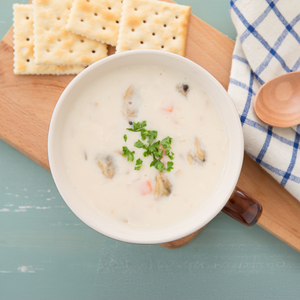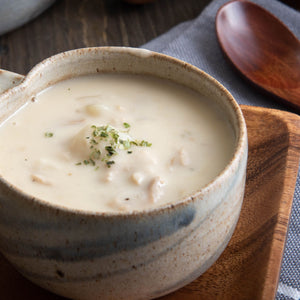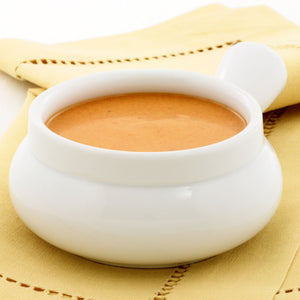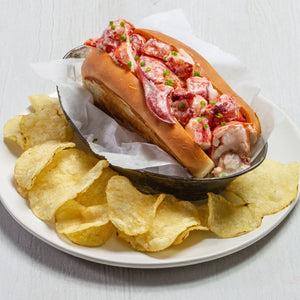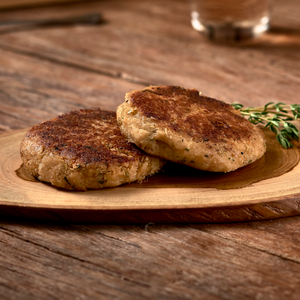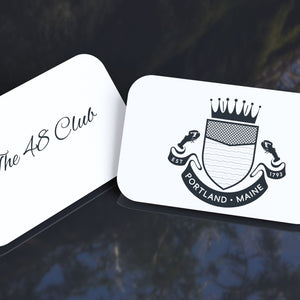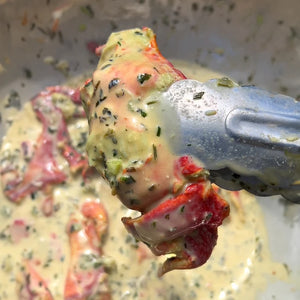
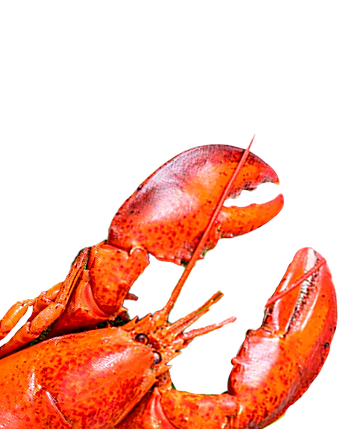

From Dock to Doorstep: Taste Maine’s Best
Our Journey:
From Maine to Your Table
Our Journey:
From Maine to Your Table
Growing up in Maine, I knew what fresh lobster really tasted like. Every special occasion back home had one thing in common - lobster, caught fresh from the cold Atlantic that very morning. It wasn’t just food. It was the soul of our community, the heartbeat of every celebration.
But when I moved to Chicago, I realized something surprising: most people had never tasted lobster the way we do in Maine. Sweet. Briny. Fresh off the boat. The kind that melts in your mouth. Even more surprising? They had no idea this extraordinary experience could show up right at their doorstep.
That’s when the idea for Get Maine Lobster was born. We weren’t just going to sell seafood. We were going to deliver the magic of a Maine lobster shack to tables across the country. We set out to create experiences worth remembering.

Milestones on the Journey
2010
We shipped our first box. One product, one goal: deliver Maine’s best to people who'd never tasted anything like it. The “MLD4” combo – 4 Live Maine Lobsters, 4 Crab Cakes, and 4 lbs of Mussels, became our signature.
2011
The word spread. Over 20,000 people experienced Maine lobster at home, and our marketplace relationships flourished.
2014
Chase Bank featured Get Maine Lobster in a nationwide ad campaign. Suddenly, our founder’s face was on every bank across America. We were officially on the map.
2015
Mark left Chicago behind and moved back to Maine, where his heart (and the lobsters, aka the main characters of his childhood memories) belonged.
2018
We invited our loyal customers to own a piece of the story, opening equity in Get Maine Lobster to the community that helped build it.
2019
We acquired Maine Lobster Direct and moved to 48 Union Wharf in Portland, Maine – right in the middle of all the action. Steps from the boats, we could now select the catch ourselves.
2020
The world paused, but we scaled. Our company grew by 600% in just nine months during the pandemic. It was intense. It was humbling. But through grit and teamwork, we shipped joy to homes across the nation when people needed it most.
2023
We shipped over 250,000 Maine lobster tails. And our vision? Still the same: be the #1 choice for culinary adventures and celebrations at home.
Creating Unforgettable Memories

The Unforgettable Experience
From the moment you land on our site to the last bite of your lobster roll, we’re with you. In true coastal Maine fashion, we obsess over your experience. That’s why we test every product, taste every sauce, and respond to every message.
We believe that unforgettable meals create unforgettable memories. Whether it's your first order or your fiftieth, we promise one thing: if something’s not right, we make it right. Every time.
Our founder, Mark, is still deeply involved in customer experience and always dreaming up new culinary surprises, like our Nashville Hot Lobster Rolls or collabs with the likes of Momofuku.

Fresher Than Fresh
We don’t just sell lobster - we live it.
Being dockside in Portland gives us direct access to the day’s best catch. We work with the finest harvesters and trusted partners who know that quality starts with the sea. The Maine lobster industry is the most sustainable in the world, built on generations of knowledge, tradition, and care.
Every product we ship is hand-selected for quality, packed with care, and sent straight to your doorstep. From dock to dish, it’s the freshest seafood you’ll ever eat - unless you come haul traps with us.

A Look Ahead
As we look ahead, our vision is to bring more to the table. More flavors. More joy. And more of Maine’s marine goodness to your dinner tables.
We’re exploring new proteins, expanding our reach, and collaborating with brands that share our passion for quality and creativity. The future is exciting, and we’re ready to continue delivering unforgettable moments around the dinner table, one shipment at a time.
A Note From Our
Founder

A Note From Our
Founder
Maine is more than just a place; it’s a way of life. We work hard. We embrace the beauty of all four seasons. Our idea of fast food? A lobster tail caught at 6 AM, on your table by dinner. And we deeply respect the craft of lobster fishing, which has been the backbone of our state’s economy for generations.
In the quiet foggy mornings of Maine, our work begins, traps are hauled, and the ocean offers up her treasures. When I think of Maine, I think of the ocean air, rocky coastlines, and a culture that welcomes you with open arms. The lobstermen and women here are the unsung heroes – resilient, dedicated, and endlessly skilled. I'm proud to share their catch and craft with people all over the country.
From dock to doorstep, this is our Maine. And we can’t wait to share it with you.
Mark Murrell
Founder, Get Maine Lobster
YOU WILL LOVE
OUR MAINE SEAFOOD!
YOU WILL LOVE
OUR MAINE SEAFOOD!
Contact Us:
GetMaineLobster.com
48 Union Wharf
Portland, ME 04101
Phone:
866-562-4817
Email: (Preferable)
info@getmainelobster.com
Hours of Operation
Mon - Fri: 8am EST through 4pm EST

